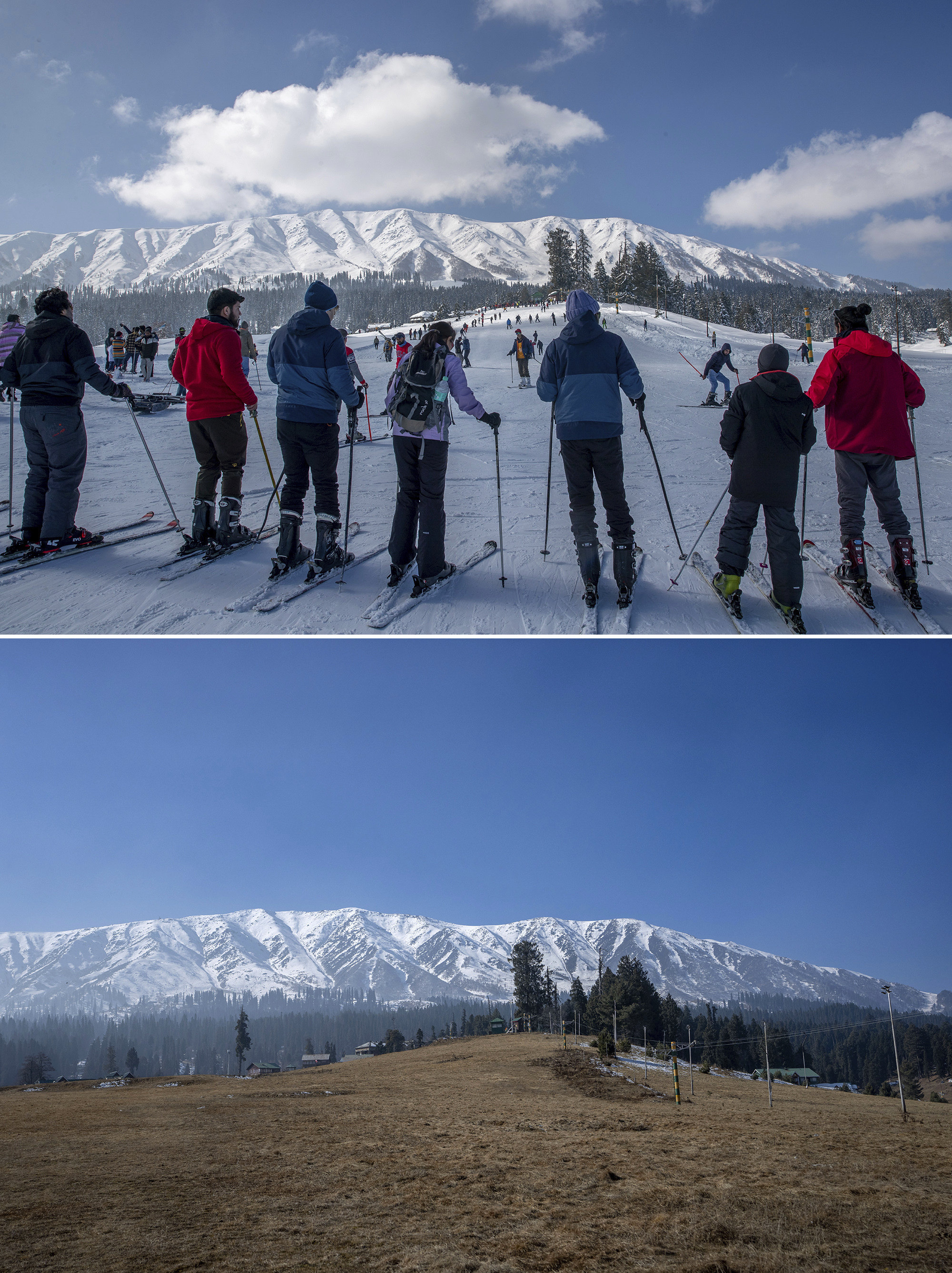Scientists said that this winter’s conditions in northern India, marked by the absence of snowfall in the mountains and biting cold made worse by thick fog in the plains, have not been seen for about a decade.
“Fifty per cent of the season is already gone,” said Farhat Naik, 35, a Gulmarg snowboard instructor, ruing the sight of dry, barren land that would normally be covered in a knee-deep layer of snow.
“We are now hoping for snowfall in February, first week,” he said, adding that his European and American clients had all cancelled their trips because of a lack of snow – a blow to the tourism- and agriculture-focused economy of the region.

Travel industry executives in the neighbouring states of Himachal Pradesh and Uttarakhand also complain of cancellations.
Bookings had dropped to 20 per cent at the Blue Poppy Resort, in the ski resort of Auli, in Uttarakhand, its owner, Kushaal Sangwan, said. “Our cancellations have jumped and people cancel [just] days before the booking if there is no snow.”
Winter snow and rain in northern India, including the Himalayas, is brought by a weather pattern known as the western disturbances – frequent extratropical storms that originate in the Mediterranean Sea.

There are usually many such storms during winter but they have been largely absent this season, said R.K. Jenamani, a senior scientist at the India Meteorological Department. “When there’s no weather system, how can there be [snow]?” he said.
The current weather was very unusual for this time, Beig said.
“It’s January and it is still very cold in Delhi … there is excess moisture in the air but there’s also no snow … It’s been one of the most polluted and prolonged stretches of winter.”







